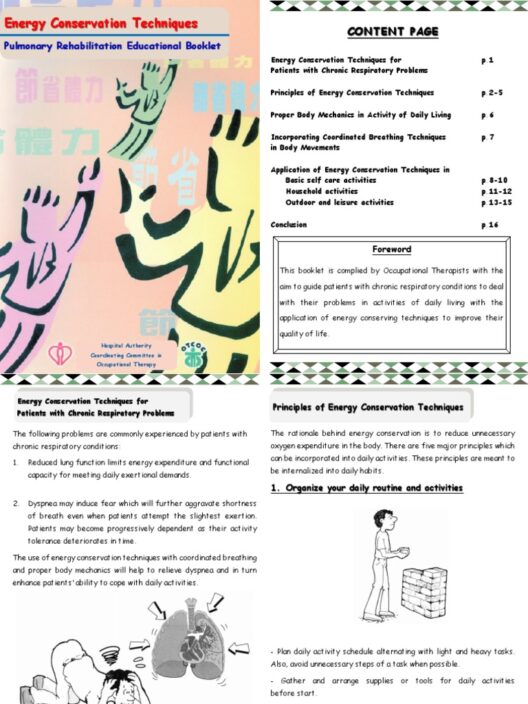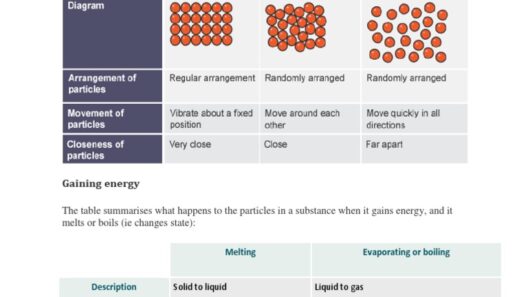The inquiry into whether energy is conserved in the framework of General Relativity unveils a complex interplay between gravitational phenomena and the conservation principles known in classical physics. As a cornerstone of modern theoretical physics proposed by Albert Einstein in 1915, General Relativity reshapes our understanding of gravity not merely as a force, but as the curvature of spacetime caused by mass and energy. This shift necessitates a re-evaluation of conventional notions surrounding energy conservation.
To appreciate the nuances of energy conservation in General Relativity, one must first recognize its fundamental principles. In Newtonian mechanics, energy is conserved in closed systems, which are adequately described by linear dynamics. However, the geometrics of spacetime in General Relativity complicates this simplistic view. Energy conservation in this relativistic realm depends significantly on the symmetries of spacetime, often articulated through Noether’s theorem, which relates symmetries to conservation laws.
One of the primary distinctions in General Relativity is the absence of a universal time, which presents a challenge in defining a conserved energy quantity. Instead of a singular value, energy manifests variably across different reference frames and spatial configurations. In essence, the classic law of conservation of energy must be reformulated to accommodate the intricacies of curved spacetime.
In a general framework, energy conservation can be assessed through the concept of the stress-energy tensor, a mathematical representation that describes the distribution of energy, momentum, and stress in spacetime. This tensor encapsulates various forms of energy, from electromagnetic fields to gravitational energy, thereby providing a holistic view of energy conservation in a relativistic context. Notably, when considering an isolated system devoid of external influence, the total energy described by this tensor remains invariant, echoing the classical principle of conservation.
However, complexities arise in dynamic or non-isolated systems influenced by gravitational waves or cosmic expansion. For instance, in scenarios involving black holes, energy conservation becomes elusive. When matter falls beyond the event horizon, it effectively disappears from the observable universe, prompting questions about the fate of the energy associated with that matter. This leads to myriad interpretations regarding energy conservation in regions influenced by extreme gravitational fields.
Additionally, the cosmological setting introduces further considerations. As the universe expands, distant galaxies recede from us, and the energy of light emitted from these galaxies redshifts—its wavelength elongates, resulting in reduced energy per photon. This phenomenon, known as cosmological redshift, presents a conundrum for traditional energy conservation principles, prompting researchers to delve deeper into the implications of an expanding universe on global energy conservation.
Quantum field theories also intersect with General Relativity, offering yet another layer of complexity. Quantum fluctuations prompt the emergence of virtual particles, which momentarily violate classical conservation principles. While these fluctuations do not contribute to a violation in the macroscopic sense, they challenge the foundational aspects of energy conservation on the quantum level. The reconciliation of quantum mechanics and general relativity remains one of the foremost challenges in modern theoretical physics.
Different scenarios elucidate energy conservation’s multifaceted nature within General Relativity. In closed systems, such as those described by the Friedmann-Lemaître-Robertson-Walker (FLRW) metric of an expanding universe, the formulation allows for a form of energy conservation through the dynamics of the universe’s expansion and the associated energy densities. Conversely, in open systems—where influences from adjacent entities disrupt relative isolation—energy conservation is not as straightforward, requiring careful analysis of the interaction forces at play.
The implications of energy conservation within General Relativity extend beyond theoretical exploration; they influence practical applications, such as astrophysical phenomena and technologies reliant on gravitational principles. Engineers and scientists engaged in fields involving gravitational waves, relativity-based navigation systems, and even GPS technology must consider these tenets of energy dynamics. Furthermore, as humanity forges ahead into embracing sustainable energy futures, comprehension of energy conservation at all physical levels is crucial for informed decision-making and responsible stewardship of energy resources.
In summary, the question of whether energy is conserved in General Relativity is not a straightforward affirmation or denial. Instead, it reveals a tapestry of conditions under which energy manifests and can be considered conserved. In isolated systems, energy resonates with traditional conservation principles, while dynamic gravitational influences and cosmic phenomena introduce complexity that necessitates a more nuanced interpretation. While traditional definitions of energy conservation endeavor to apply universally, the specific conditions of General Relativity require an adaptation and rethinking of these principles.
Ultimately, the discourse surrounding energy conservation within the purview of General Relativity underscores the need for ongoing inquiry and exploration. As research advances and our understanding of the universe deepens, the notion of energy conservation will continue to evolve, reflecting the intricate relationship between mass, energy, and the curvature of spacetime. This dynamic interplay not only shapes our comprehension of physical laws but also guides humanity in its quest for sustainable practices and responsible energy consumption.







